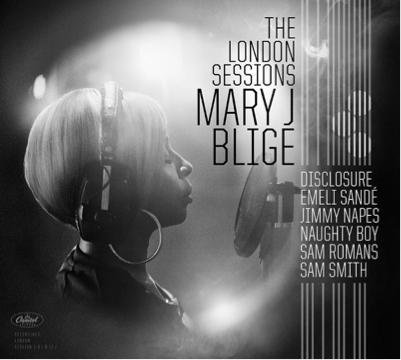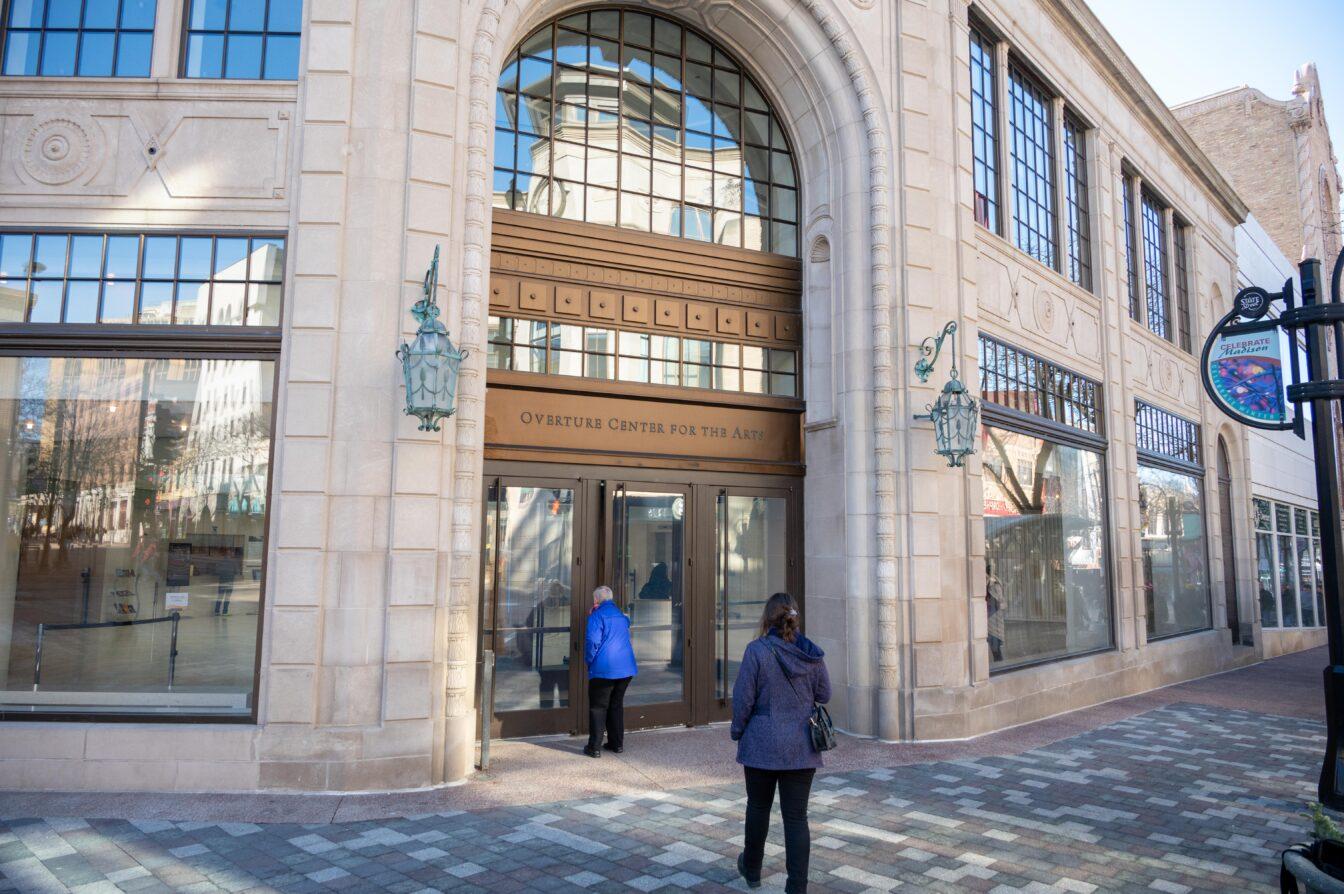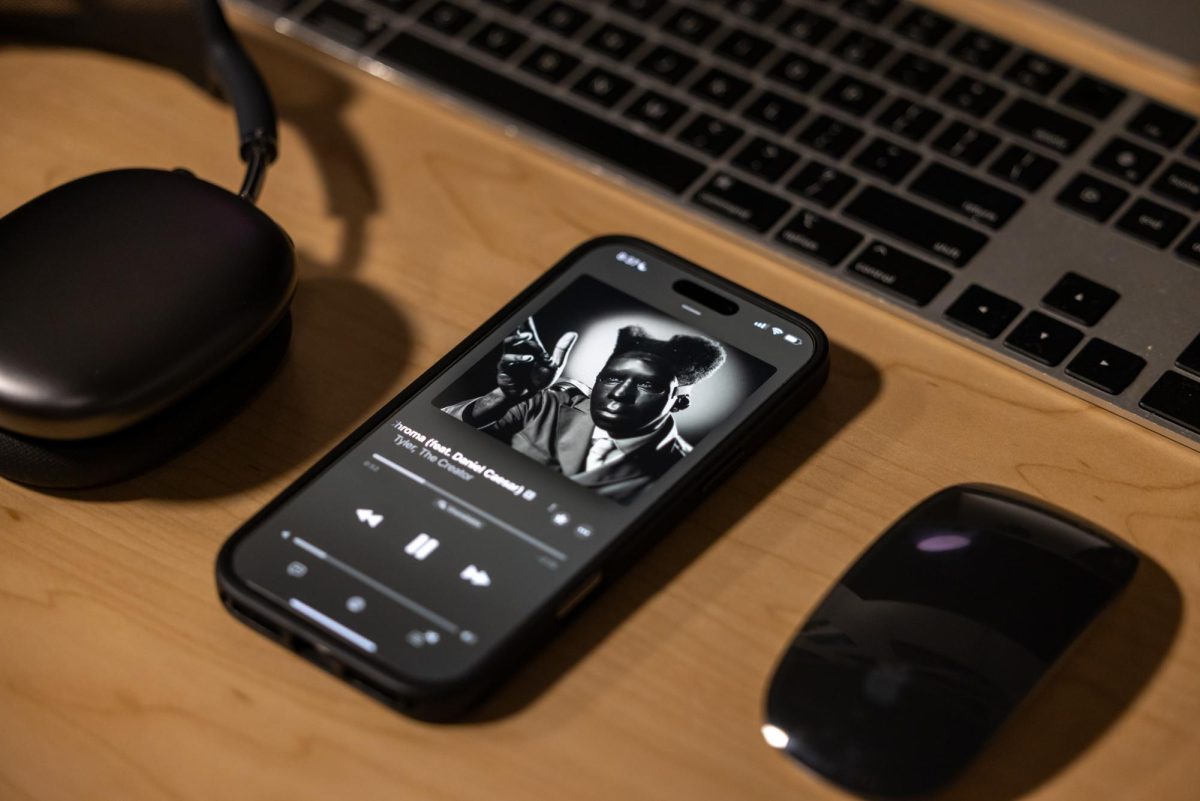It is hard to deny that Mary J. Blige is a brilliant artist. She has shaped the world’s understanding of the R&B genre since she rose to prominence in the early 90’s. She has solidified a permanent place in musical memory with 13 studio albums and countless collaborations and film appearances. So why would such a prolific and well-known artist need to produce another full-length album after achieving such fame?
That’s the question Blige continually poses throughout her latest LP, The London Sessions. This inquiry is not meant to be a rhetorical topic to be debated amongst music critics. She has an answer and she makes it exceedingly clear through her lyrical content which includes sample interviews that quite literally sing her praises.
The album flip-flops between being a somber redress detailing difficult and stressful times of the last five years and being a proclamation of redemption and reemergence as a prominent and relevant R&B artist. You can say many things about Blige, but being coy cannot be one of them. That’s what has made her a household name, and although she has recently receded into the deep abyss of somewhat-has-been artists who make Christmas albums to stay relevant, she is not willing to go down without a fight.
Although the lyrical themes of the album may lack subtlety, the brilliance of the production is more understated. Blige collaborated with British heavyweights Sam Smith, Disclosure and Emeli Sandé on writing and producing. Although small accents of these artists come through, the LP is classic Mary J. Blige — or rather about Growing Pains era Mary J. Blige. It is smooth, jazzy and zealous in an unrelenting way that will force the listener to dance, almost like she is commanding it. This album, however, brings the dancey, electro-pop feel to a new level, one that is reminiscent of early 2000’s house music and garage pop.
Most of the musical production is incredibly strong. Although the melodies are often simple with a lone backing piano or two contrasting synthesizer beats, the melodies are layered seamlessly with a little bass and Blige’s vocals that act alone as an instrument.
The opening track serves as a harbinger of the album’s musical potential. The track starts with a slow, seductively melodic doo-wop and adds Blige’s vocals, a light percussion rhythm and syncopating guitar beats. The tone is bluesy and dark.
The only caveat is the lyrics. They fall incredibly flat when trying to communicate such a gargantuan theme of depression. The lyrics remain the most dubious element of the album. The idea may be topically complex and important but the nature of wording is blunt, brash and almost comically honest and conversational like a quickly put together Weird Al Yankovic parody. The hook, “When I can go to therapy, can go to therapy, can go to therapy two times a day,” is spoken more than sung in an even-toned complaint. The background melodies fade away to leave Blige’s coarse and overly simplistic lyrics.
This paradigm continues throughout many of the tracks on the album. The lyrical content does not stand up to the large themes of fighting her way back to the top after depression, loss and worse, slipping into insignificance. When she can’t communicate an idea through her lyrics she just lops on interview samples to the end of the track, supposedly with her British collaborators shamelessly tooting her horn.
Towards the beginning of the LP, “Doubt” and “When You’re Gone” emphasize this idea of coming back from hardship. As if the answer to her question wasn’t clear enough at this point, she adds clips of the artists talking about why she produced this album. They explain how she was just waiting for the right time and the right collaborators to make an album that was truly her own, yet different from anything before; how she is just a brilliant and prolific artist.
https://www.youtube.com/watch?v=hOiri4fiunk
Although this technique feels shamelessly promotional and self-serving, there may be some truth to it. The first few tracks are lyrically drab and uninteresting but several tracks prove that this album is different and certainly a step above what Blige has done in recent years.
If we imagine the album to be the act of Blige breaking free from a holding pattern of subpar melodies, gratuitous holiday albums and underwhelming soundtracks, the first definitive moment of release is “Right Now.”
It feels distinctly like a classic Blige dance track propelled into the modern era. It starts with full, atmospheric synths, building tension with layers of beats woven seamlessly together. It’s upbeat but not abrasive and solicits dancing, that sort of head and shoulder moving that seems inevitable and beyond your control.
The second moment of release and proof that Blige truly is deserving of her praise as a contemporary musical genius is the track “Follow.” It’s markedly faster-paced and the heavy bass and club synths feel like a departure from the light piano melodies that plague the more somber ballads. The track is like a contemporary adaptation of Growing Pains with a Disclosure-esque, electro-pop twist.
Leaving behind lyrical snobbery, the album is a true symbol of Mary J. Blige’s reemergence as a relevant artist, or it is at least an album that proves her versatility. But the music should speak for itself, rather than have it spelled out repeatedly in an aggressively self-promotional manner.
3/5














